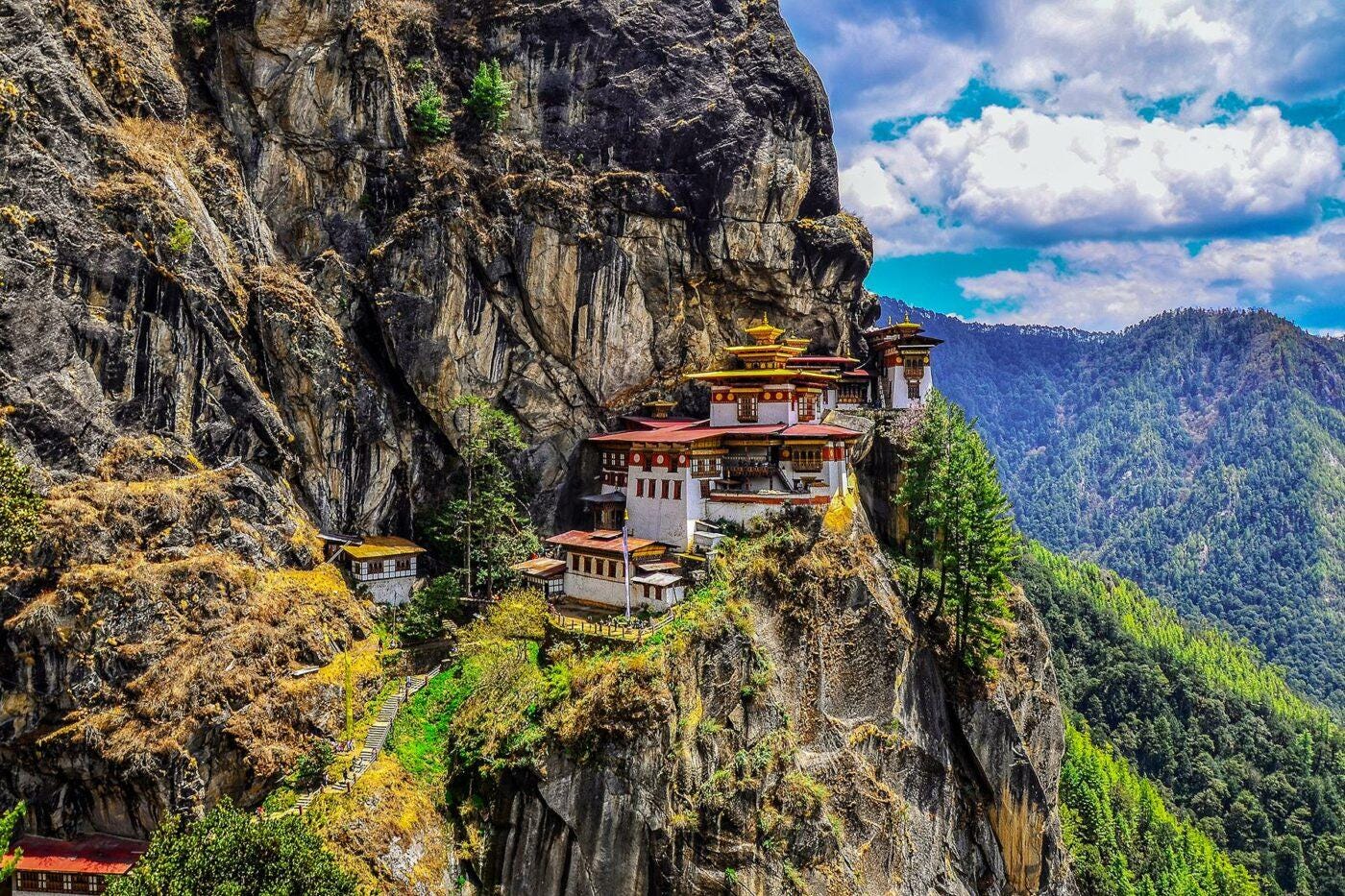Nestled in the heart of the Eastern Himalayas, Bhutan, often referred to as the "Kingdom of the Thunder Dragon," offers a unique spiritual environment that is deeply rooted in its Buddhist heritage. Known for its commitment to preserving cultural traditions and its focus on Gross National Happiness (GNH), Bhutan is one of the few countries where Buddhism, particularly Vajrayana Buddhism, plays a central role in both spiritual life and national identity.
The Rise of Buddhism in Bhutan
Buddhism was introduced to Bhutan around the 8th century, during the reign of King Sindhu Raja of the region, through the efforts of Padmasambhava, also known as Guru Rinpoche, who is credited with bringing Vajrayana Buddhism to the Himalayan region. He is believed to have meditated in caves across Bhutan, which later became important pilgrimage sites. Over the centuries, the influence of Buddhism grew, and it became the dominant religion of Bhutan.
By the 17th century, Buddhism was fully entrenched in Bhutan’s political, cultural, and social life. The unification of Bhutan under Shabdrung Ngawang Namgyal, a Lama and statesman, helped solidify the role of Buddhism in the kingdom. His establishment of the Drukpa Kagyu school as the dominant sect of Bhutanese Buddhism continues to shape the spiritual and political landscape of the country.
Vajrayana Buddhism: Bhutan’s Spiritual Backbone
Bhutan is renowned for practicing Vajrayana Buddhism, often referred to as the “Diamond Vehicle.” This form of Buddhism emphasizes esoteric teachings and practices, such as visualization, mantra recitation, and deity yoga, as pathways to enlightenment. Vajrayana is seen as a more direct and swift path to Buddhahood, integrating both the compassionate teachings of Mahayana Buddhism and the rigorous meditation practices found in earlier traditions.
The country’s numerous monasteries and temples are not only spiritual hubs but also integral parts of the social fabric. Among the most famous is the Paro Taktsang, or "Tiger’s Nest," a sacred monastery perched on a cliffside, which attracts thousands of pilgrims and tourists alike. This iconic landmark is closely linked with Guru Rinpoche and symbolizes the profound spiritual significance of Bhutanese Buddhism.
Keep reading with a 7-day free trial
Subscribe to The Gentle Law to keep reading this post and get 7 days of free access to the full post archives.





